Ethics statement: Kessler are my main site sponsor and great friends. They also make my signature slider so any reference to their gear being the best take this statement into account. Mind you even if I wasn’t sponsored by them they would still be the best! 🙂
There is going to be Kessler gear mentioned in the below post but also LOTS of useful shooting information I hope.
Eric Kessler asked me to make a film about his company Kessler Crane. “I said sure, what do you want?” He wasn’t sure…so I said the key to a corporate documentary for me is to make it fascinating enough and entertaining enough to be watched by anyone regardless of whether they have heard of Kessler Crane or even have any interest in grip gear!
So I made a rough plan of what I wanted and thought would work. A documentary of around 20-30 minutes that could easily be updated as and when needed. Something that wouldn’t date too much and something that looked of course looked great. It needed to tell the story of the company through Eric. As the main protaganist who built the company from nothing his story is key. He is the effectively the main narrator. To add to this I needed to do a number of interviews with key people within the company and users of Kessler gear around the world. The documentary would have no narration, completely told through the interviews. This of course is much harder and requires you to make sure you have exactly the right sound bites. Without them you have narrative holes.
The first question of course is what to shoot on. With a number of cameras at my disposal including the RED Epic, my F3 that I own with Eric, the AF100 and of course all the DSLRs what is the right cameras. Initially my thought was every interview on the F3 with the KiPro mini. The F3 is a fantastic camera. Superb picture, superb features and with the AJA KiPro mini an incredibly powerful camera. The only downside is the 720p slow motion. I have S-log on the camera too which helps enormously.
Kessler have a number of cameras in their studio including DSLR, an AF100 and an Epic. They also had the lights I needed. Litepanel 1x1s, Kino Flo Diva and a Dedo. All I need for an interview setup.
With all this in mind I set off for Indiana for the 5 day shoot. I took with me the F3. My Zeiss and Nikon Lenses for the F3 and to work with the Epic. Eric had a beta Canon mount for the Epic which would take his EF lenses and my Nikon mount lenses with an additional adaptor. He also had a number of CP.2 lenses with PL mount, in additional I brought my Duqclos modified Tokina 11-16.
Sound wise I was going to record in camera, I also brought my Tascam DR100 for any off speed recording when the camera goes mute. I also brought with a Rode NTG-2 for recording shotgun with the Tascam as it does not drain the device and an NTG-3 for use with the camcorder as it’s phantom powered.
Lav mic wise, two Sony UWP mics and 2 Sanken COS-11 wired Lav miss which are superb sound. I rarely do sit down interview with wireless mics. Wired are so much better and safer!
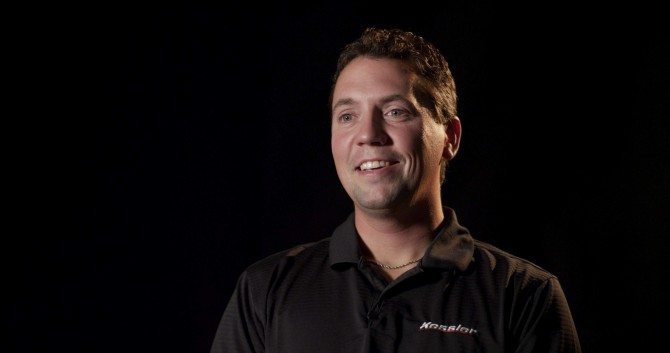
The key thing when shooting a doc is do the interviews first. This gives you a shot list. As Eric was the main talker he was more or less the first thing I shot. Lighting wise I used two point lighting for all of the interviews. The dedo 150 as a backlight and the litepanel bi-clour 1X1 as the key. It’s a very simple lighting setup and easily replicated. I need other shooters to do some of the interviews around the world so I wanted a simple set up. I also chose to use a black background, again nice and simple and very uniform for all the interviews. Eric wanted some gear in the background, I said best not to. It would make the shot cleaner and more importantly not date the interview if a piece of gear was changed or replaced.
I shot all the interviews on the Epic in the end in 5k. Why? Well the camera can record sound in the camera just fine and by shooting 5k and editing in Premiere Pro with a timeline set to HD I could edit with the native files (I also have just got a Red Rocket for real time playback and transcoding) and simply zoom in for a reframe when I need to without any loss of quality. Perfect to butt join two grabs together and to vary the framing. All the interviews were shot on an 85mm Zeiss ZF F1.4 at around F2.8 to keep the depth of field shallow/ deep enough for the interviewee to move slightly without going in and out of focus.

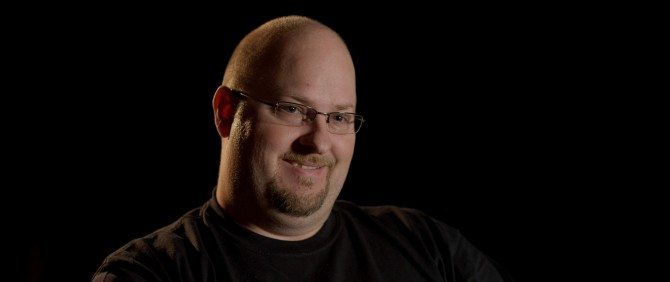
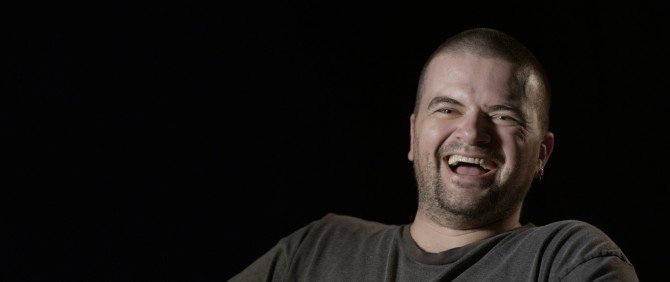
I did a number of high speed shots too with Epic, mostly 96-120FPS but some at 2K 300 FPS. The high speed stuff is trickier due to light. I got some nice stuff at 300FPS using daylight but had huge issues with the welding slow motion as it’s electricity based and I had TERRIBLE strobing at anything over 1/120th of a second. I did a number of machine shots at 300FPS. We lit it with an old studio 2K light that solved our flicker issue.
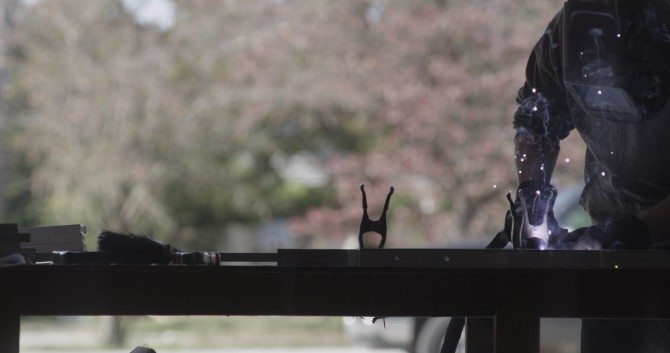
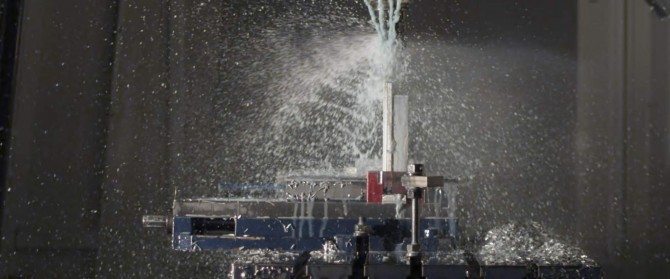
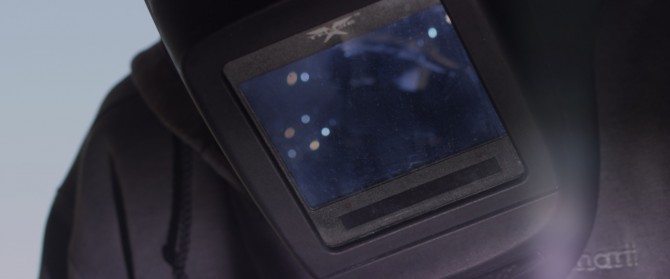
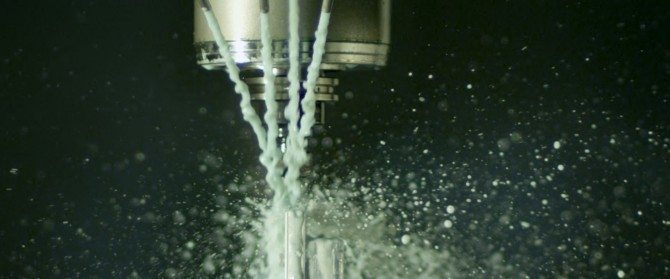
Crew wise it was very small. Basically myself with my assistant Preston Kanak as operator and 1st. I also had Sarah Estela who helped operate the RED whilst I was conducting the interviews. Joel Graves from Kessler was there to shoot some BTS on the 5DmkII.
Preston shot a lot of beauty shots using AF100 of Indiana. Why that camera? Well I was using the RED for the interviews and the F3 I had as backup in case I changed my mind or things went wrong! The stuff he got was lovely as you can see from the below AF100 frame grabs.
He used the 3 foot Cineslider and the Pocket jib on his own. There are only still shots here but trust me he made them brilliant with the moves! That guy works like a dog!
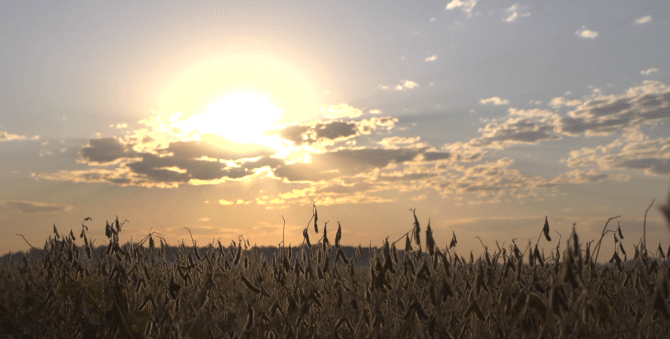
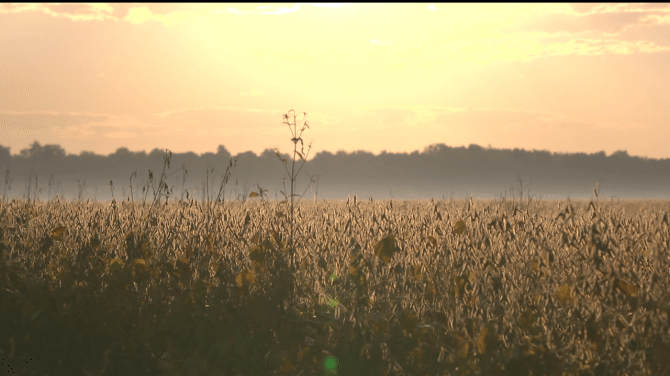
We also used the AF100 for all the handheld work? Why? Well because the handheld work was actuality following people around so a good zoom lens was needed with nice range. I didn’t have one for the F3 or the Epic so we used the AF100 as Kessler have the rather lovely Olympus 14-35 F2 lens. Perfect for handheld work. Using a Zacuto rig at first then a new Shape rig which I was just sent to try out Preston shot the actuality stuff beautifully with this camera.
Naturally as we were doing a doc on Kessler we needed to use their gear! So we used the Cineslider, the pocket jib and the shuttle pod. Below are some photos of those bits of gear in action. Eric and I set up a 24 foot shuttle pod shot which Preston documented. A nice walk and chat. Very natural.
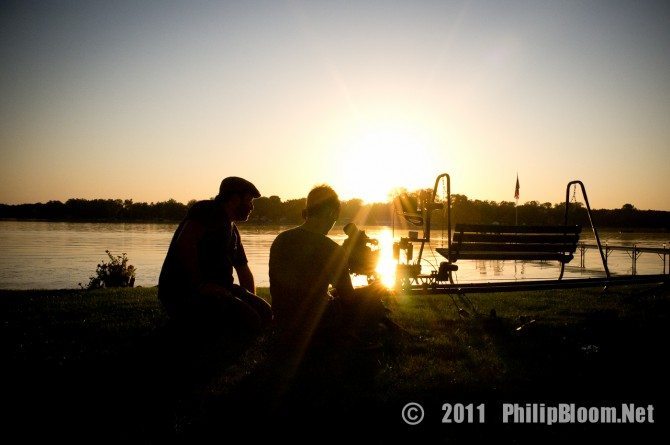

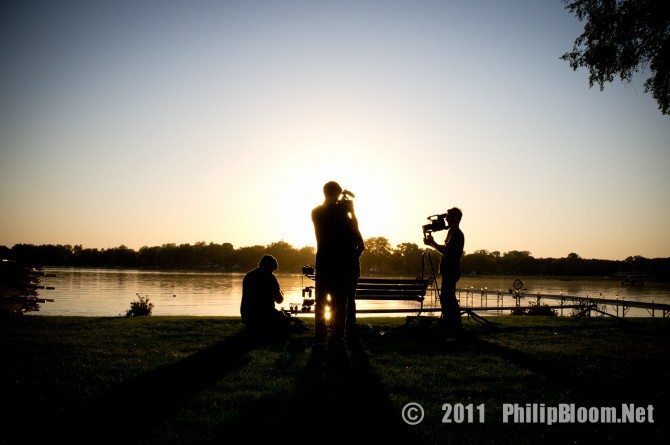
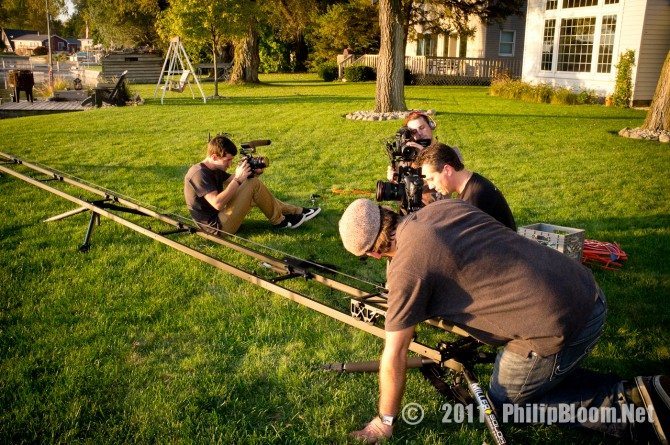
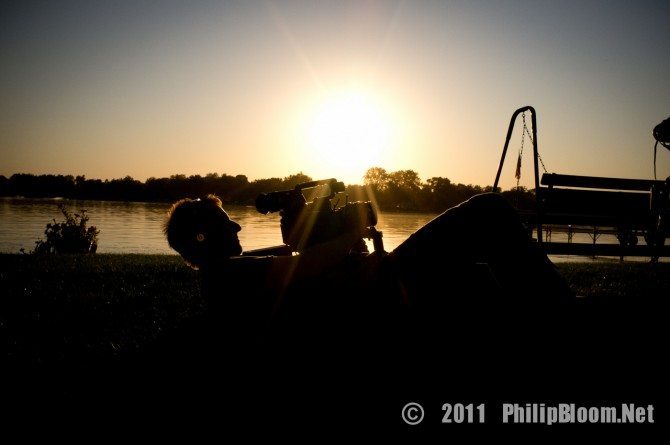
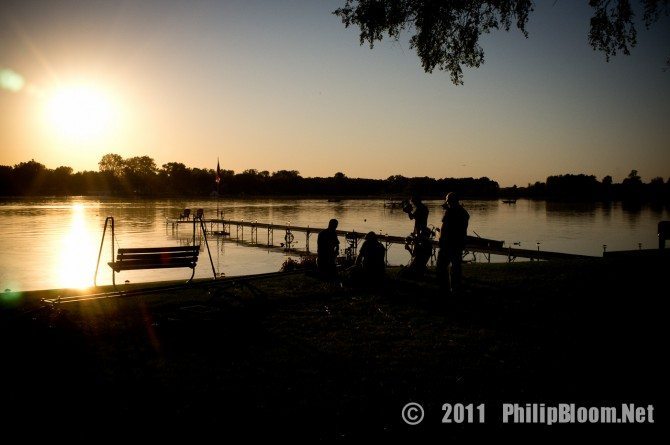
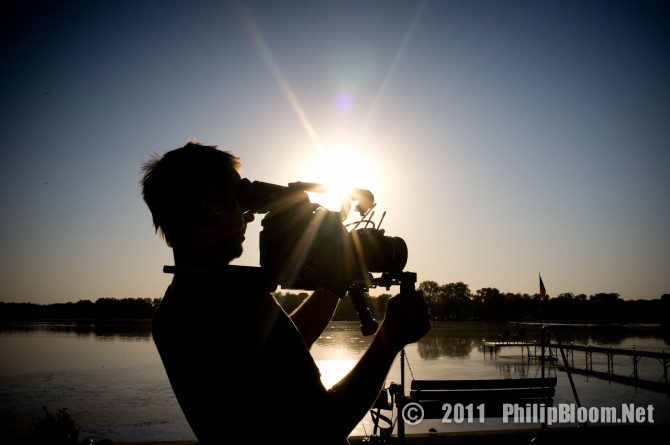
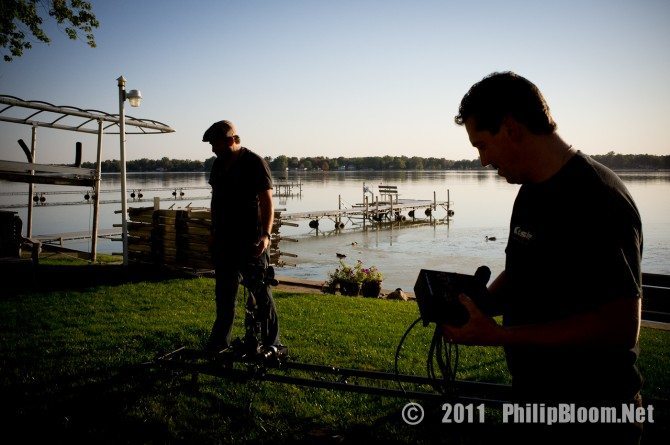
This was my first time with the Shuttledpod. I was surprised how a 24 foot motion control system took to set up. About 20 minutes. Nuts!
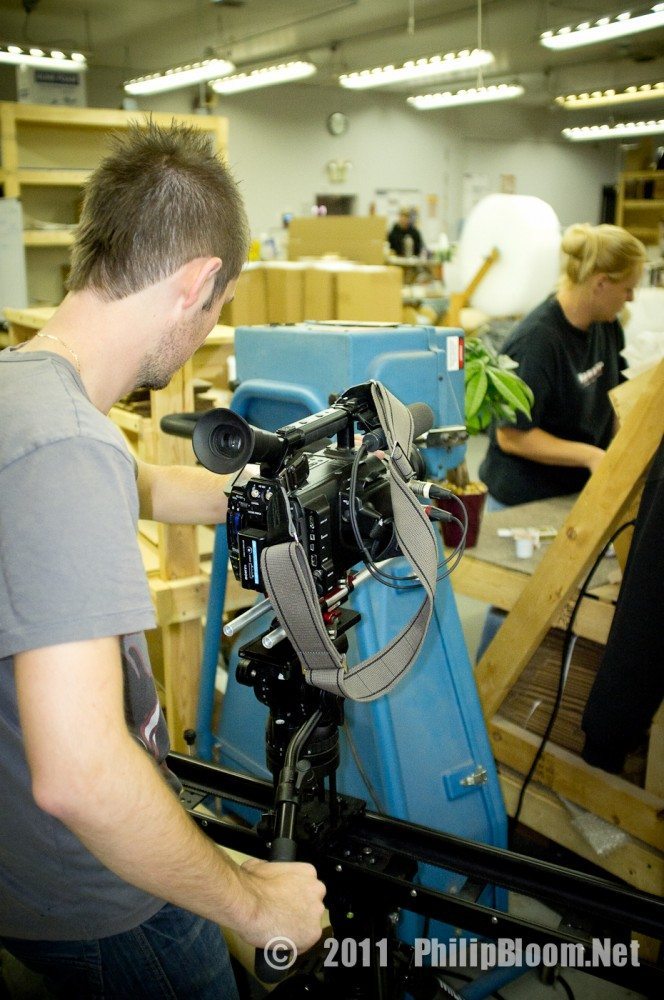
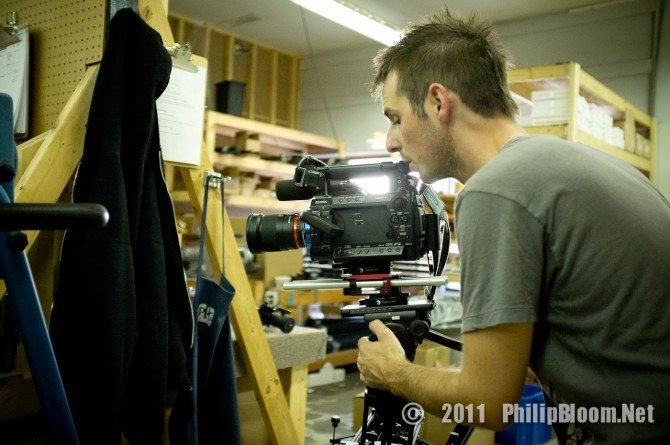
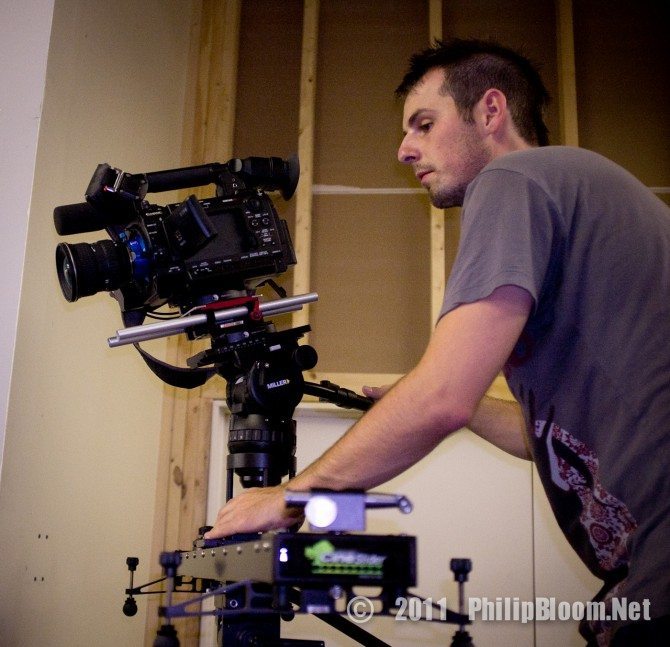
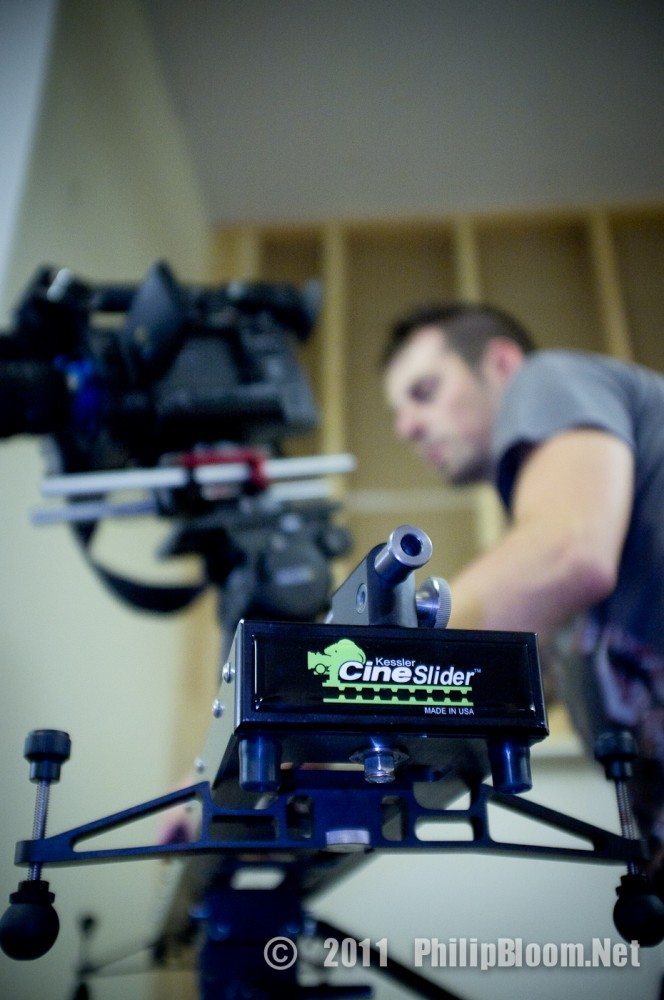
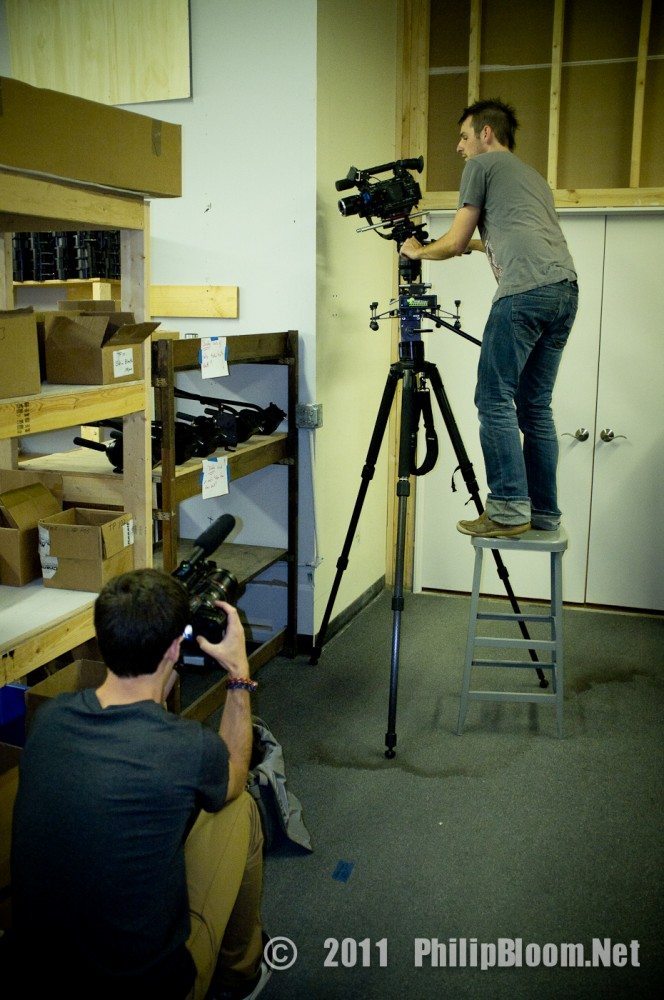
The tripod we used were Miller Tripods. A 75mm bowl version which is mine. The Compass 20 with Solo 3 stage carbon fibre legs and Eric’s 100mm Compass 25 version for the Epic.
One of my favourite sequences was an evening around a fire at Eric’s house where we filmed Eric and his neighbour Jack chatting over some beers for a couple of hours. Jack helped Eric make the first Cranes many years ago in his garage and still works for him. A lovely guy with some great stories. I captured this with the F3 and the AF100. This was just lit with the fire so very dark. The F3 did the best here easily. The AF100 did OK with the Abel Cine low noise profile and the amazing Voigtlander 25mm F0.95. The Epic struggled to see much to be honest. It needed more light. So I just used it for some off speed pretty shots of the fire which looked lovely!
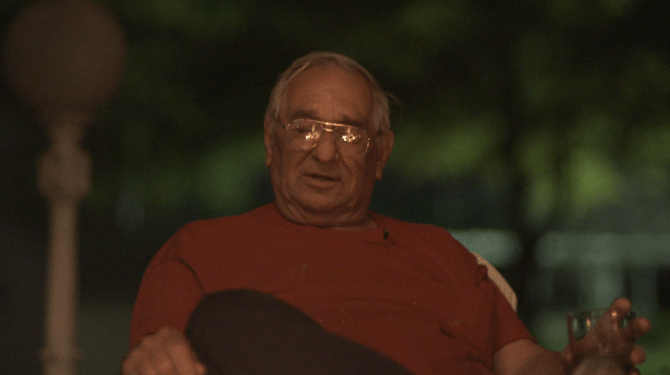
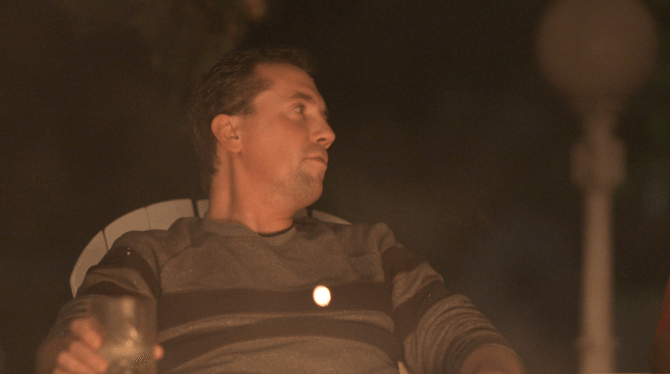
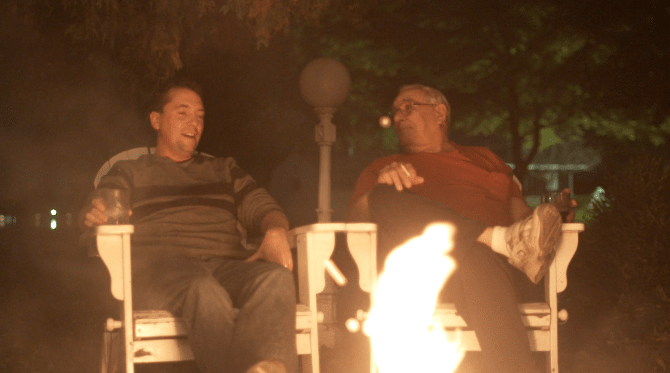
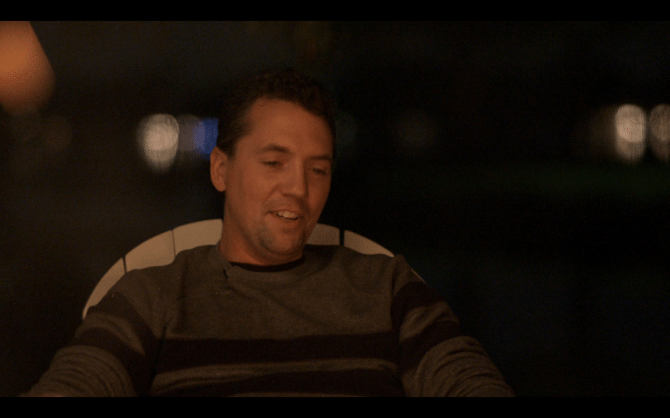
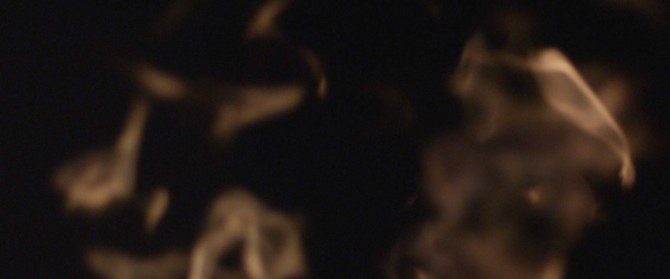
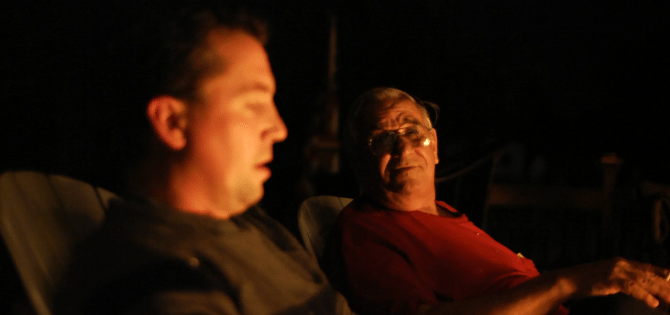
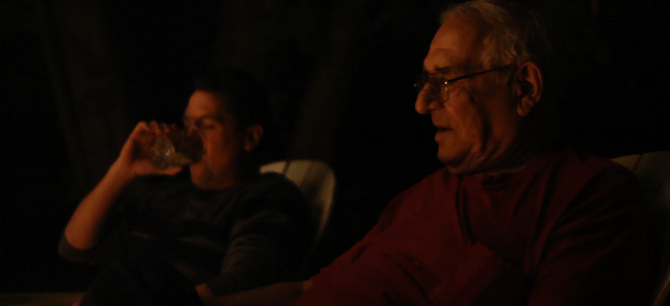
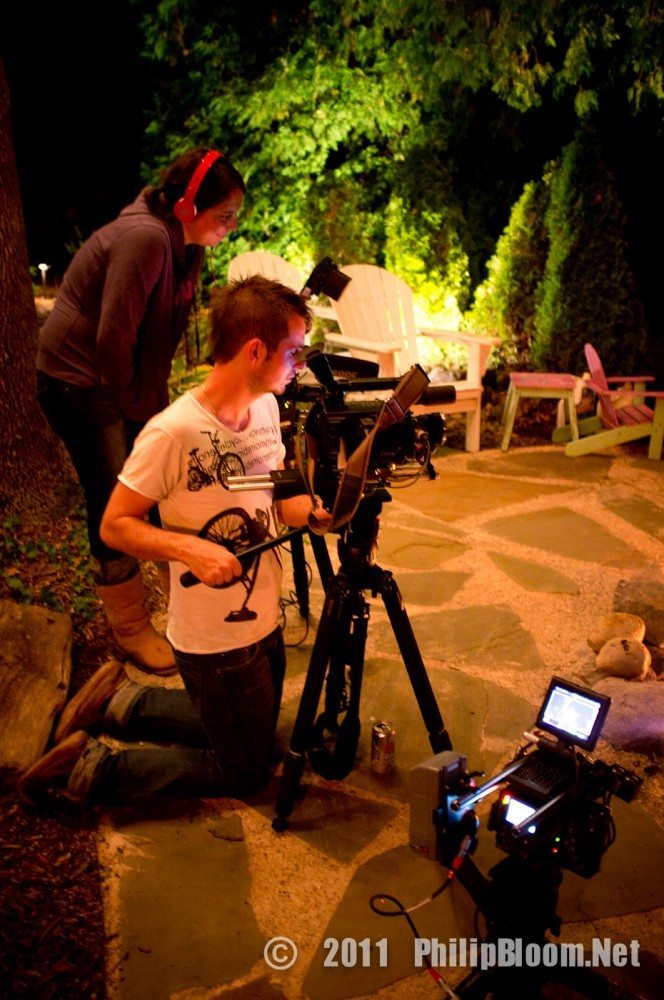
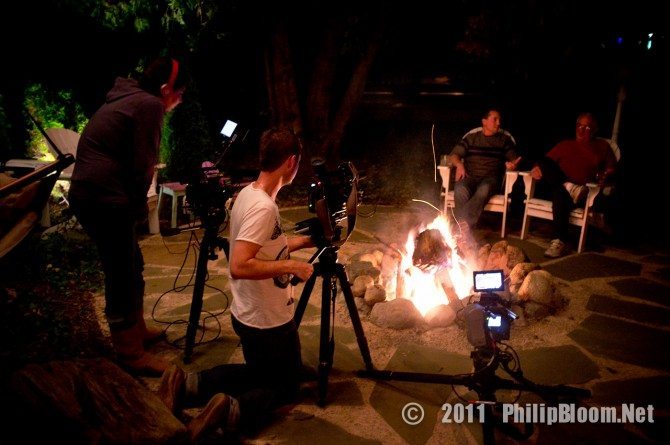
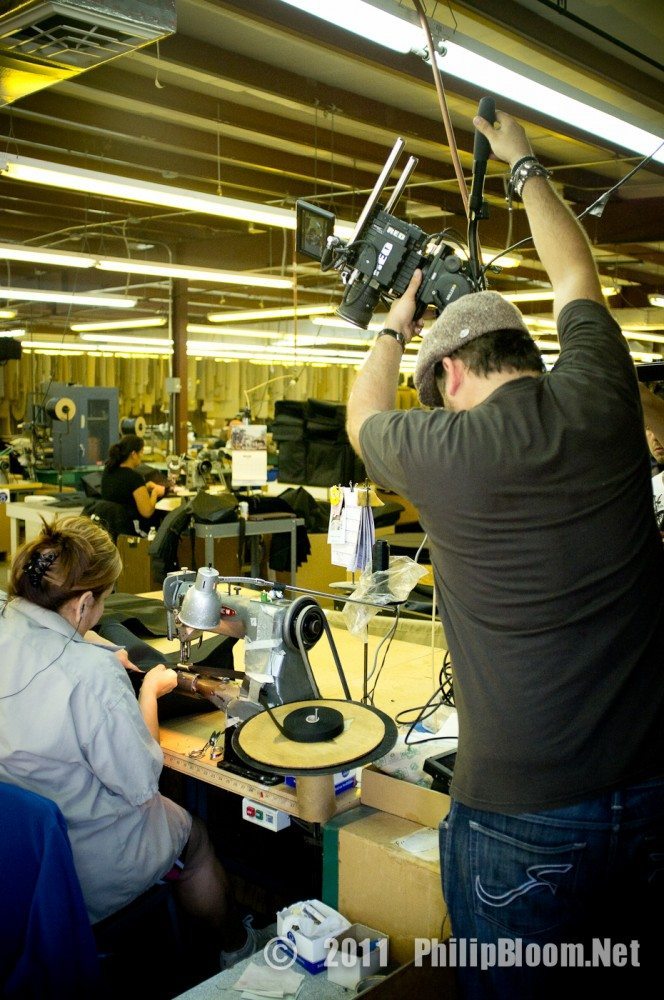
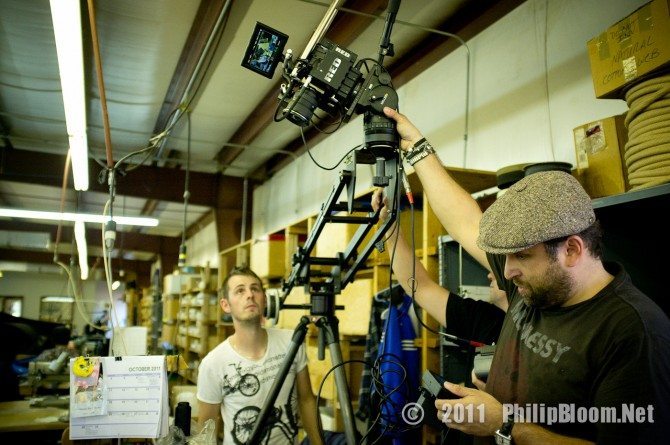
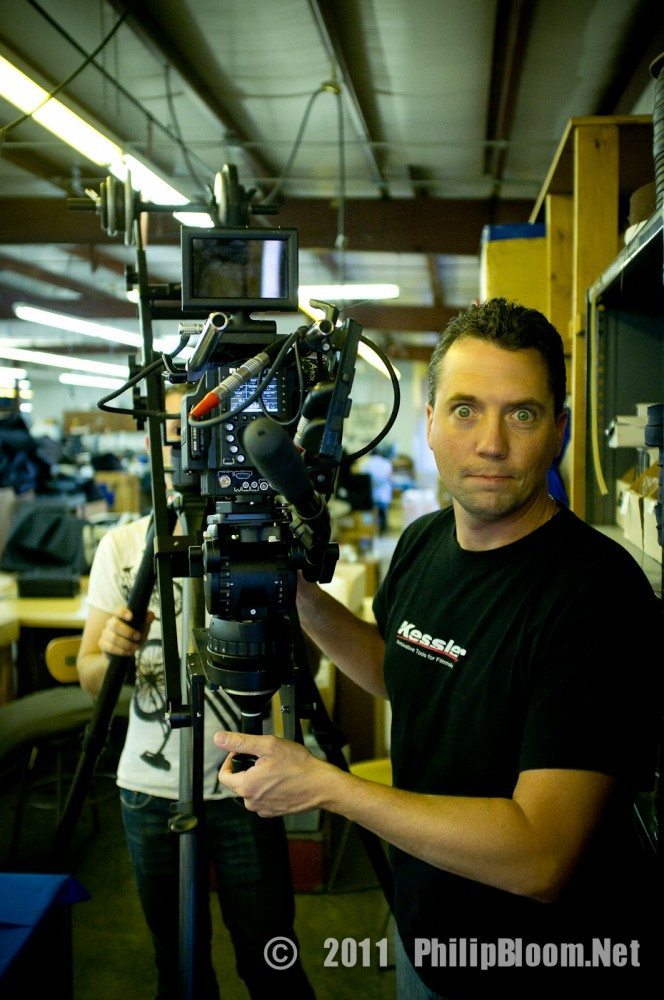
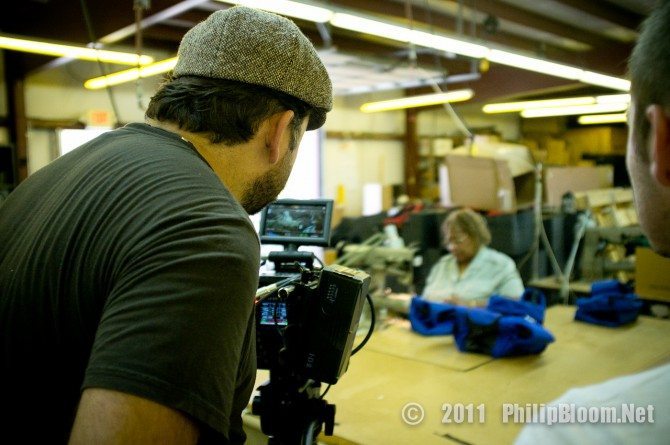
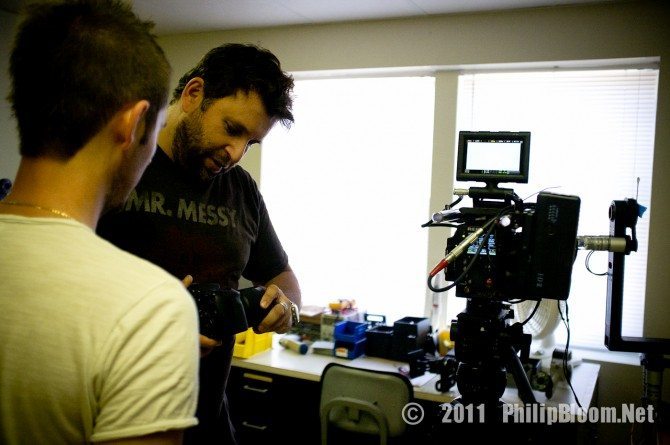
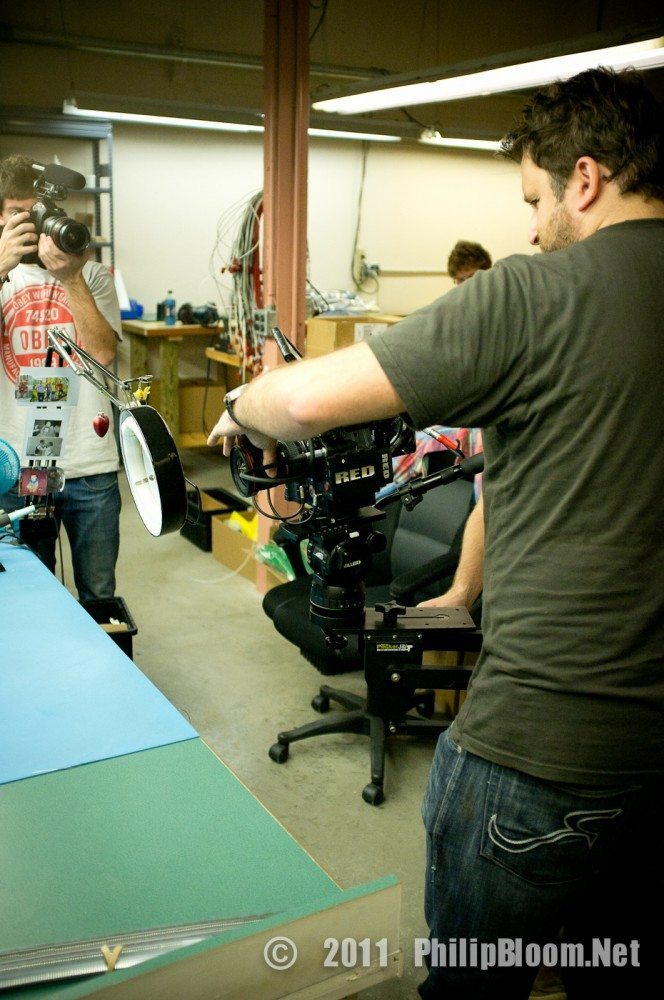
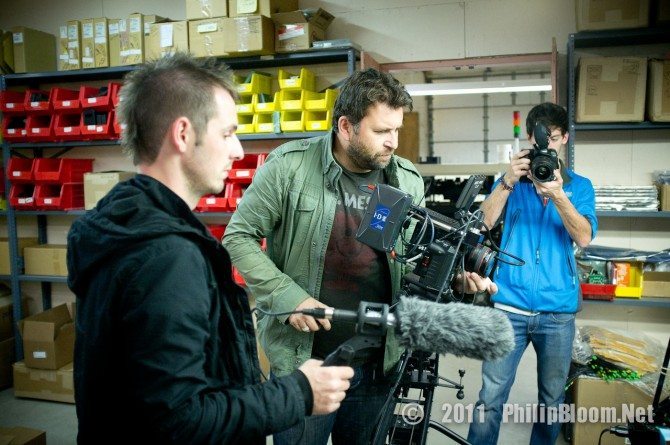
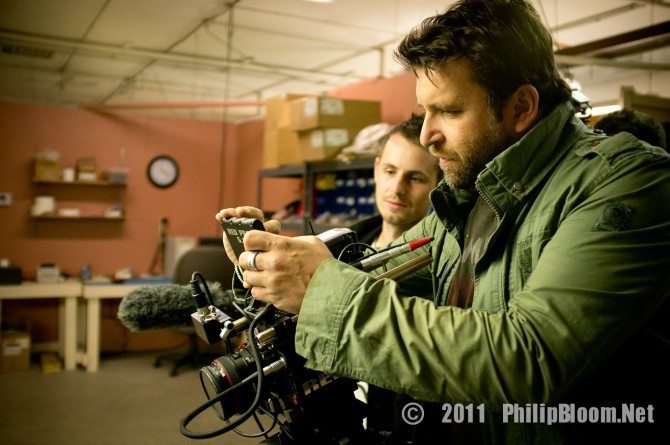
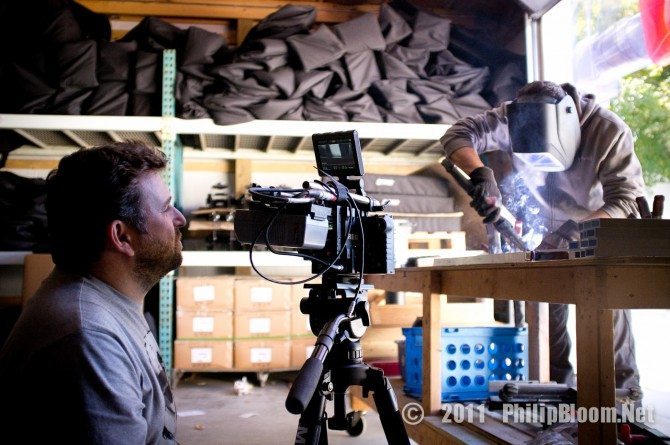
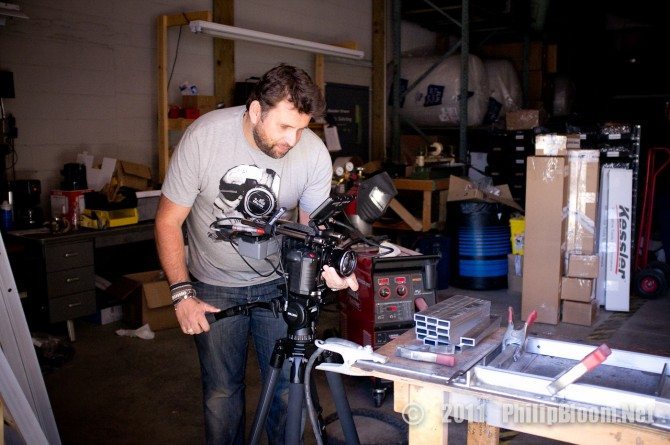
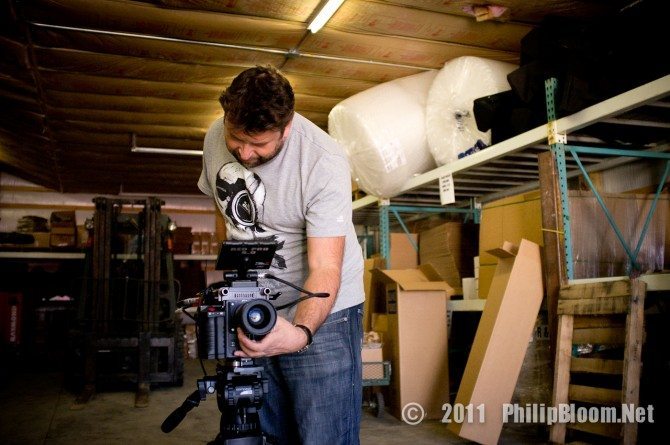
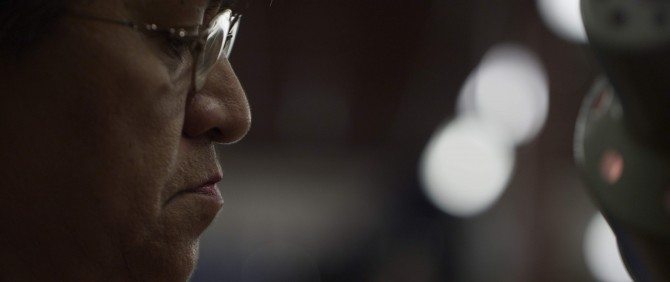
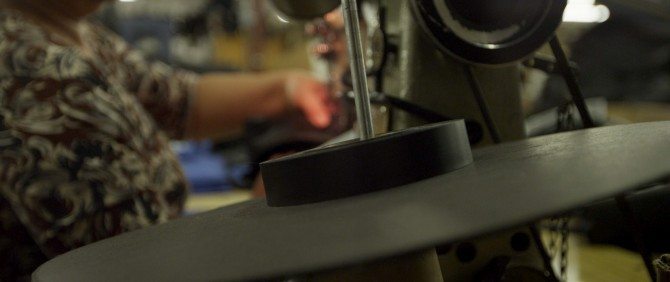
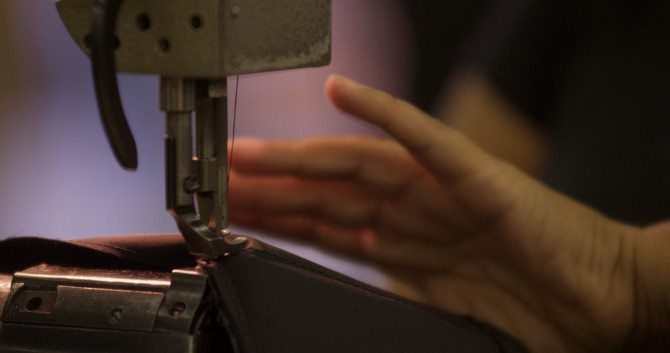
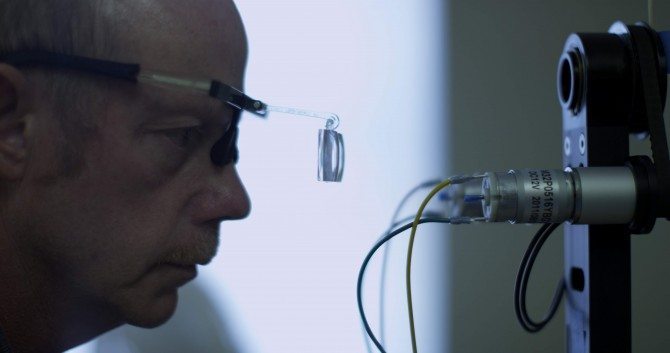


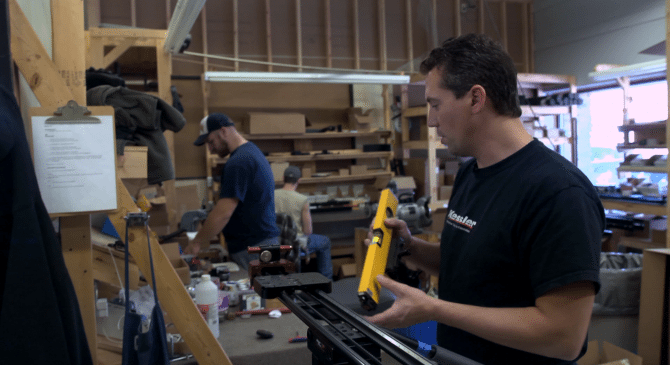
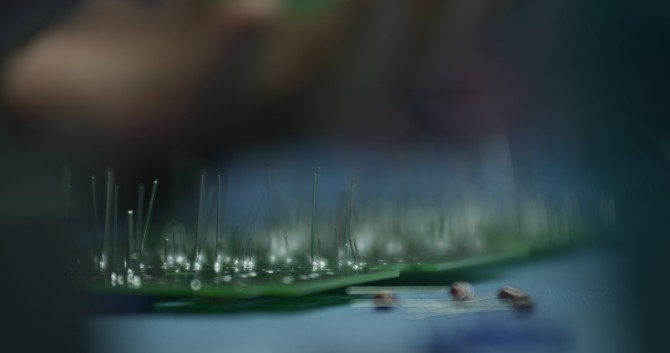
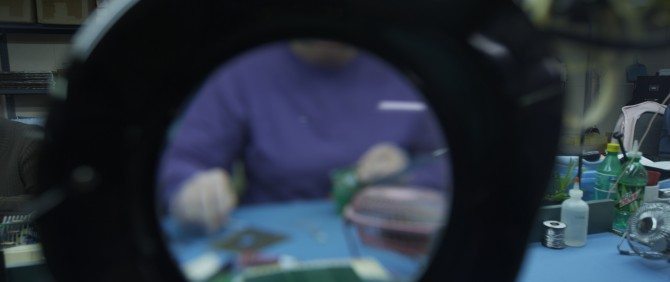
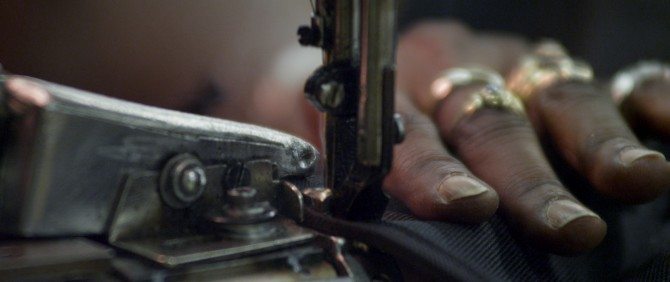
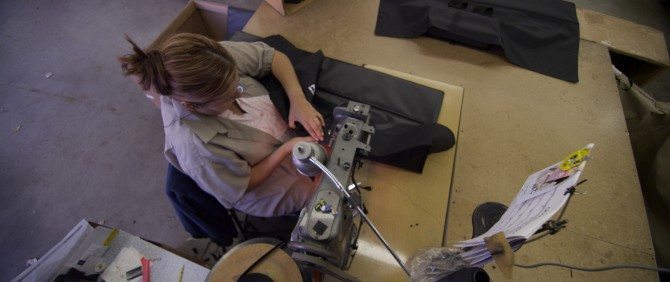

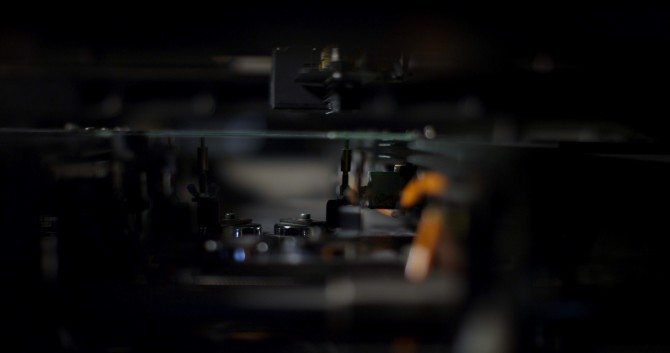
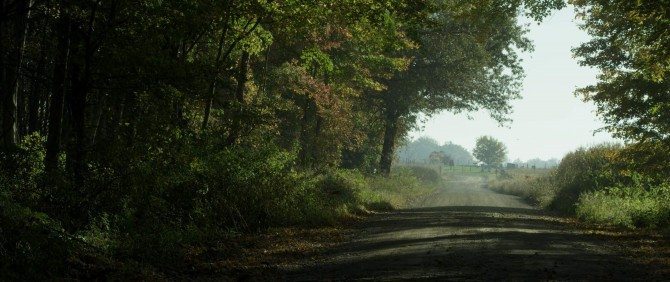
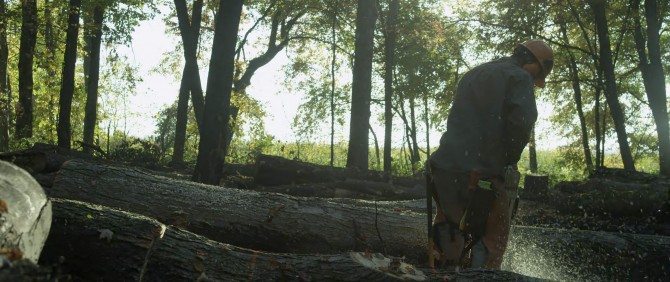
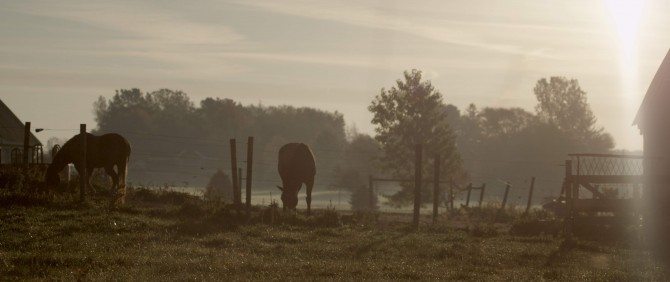
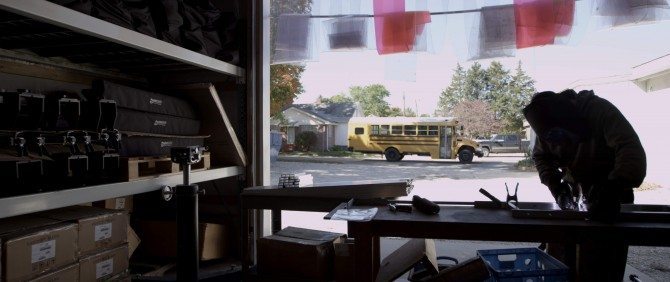
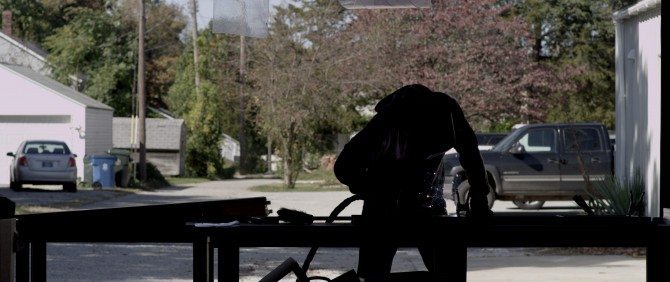
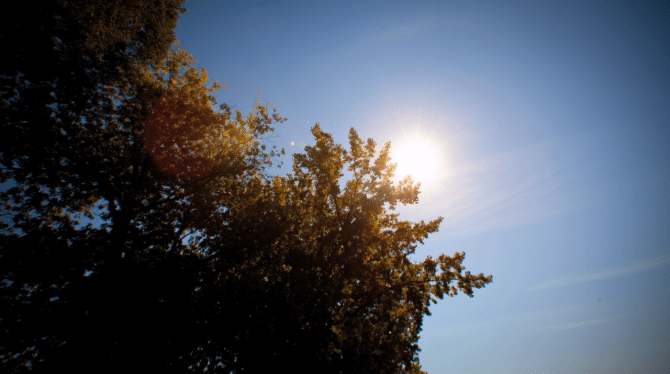

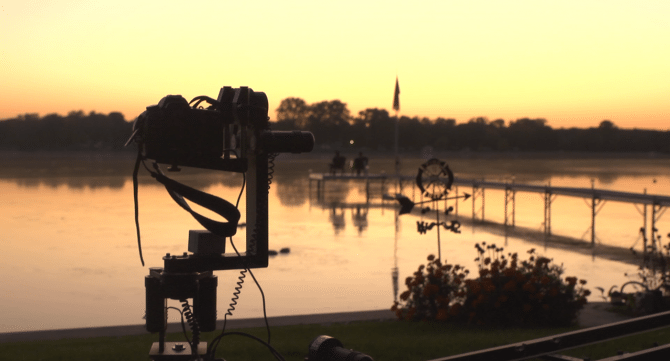
The documentary has a few more bits that need shooting, of course the edit will be huge. Hopefully I should have it online soon!!
Easily the best looking footage was from the Epic as you can see above. Everything just looked lovely. The F3 footage looked the second best and it’s low light performance is incredible. The AF100 stuff look good too. Highlights were an issue as always but I have no doubt I can grade them all to match just fine!
My Thoughts
By Preston Kanak
This past week I spent with Philip Bloom, Eric Kessler & Sarah Estela in Plymouth, Indiana, working on the Kessler Crane Documentary. I can safely say that Eric, Philip & Sarah are the three nicest people on earth. Seriously.
For the documentary, we shot on the RED Epic, Sony F3, Panasonic AF100, Canon 5D Mark II, and GoPro HD. It was a pleasure to work with each of these cameras, especially the Sony F3. I have included my initial thoughts on each of the cameras at the bottom of the page, outside of the 5D Mark II & GoPro HD.
Note: I only spent a few days/hours with these cameras so they are only my initial reactions. By no means am I an expert — these are just my initial reactions.
Shooting Schedule
Sunday
We arrived in Plymouth, Indiana on Sunday, following a weekend in Cedar Point for a meet-up that was arranged by Philip and Eric. It was great to meet everyone that was there, including Tom Guilmette, Cristina Maria Valdivieso, Jon Conner, Karen Abad, Chris Beller, and many more!
Below is a timelapse I shot Sunday night at the cabin that I was staying at. It was shot on a Canon 5D Mark II with the Canon 14mm F2.8. Thanks for the amazing view, Eric!
Lake of the Woods Timelapse
Monday
I spent the majority of Monday shooting B-ROLL footage of Plymouth and the surrounding area on the AF100 while Philip Shot Eric on the EPIC. Philip has included stills from each of these shoots above.
Tuesday
I spent a majority of Tuesday assisting Philip as he shot two suppliers on the EPIC. His attention to detail was impeccable — capturing the beauty of each location. Following the shoot, we headed back to Eric’s house to film a fire-side chat with his neighbour Jack — who helped Eric when they were building cranes out of their garage.
Wednesday
The main focus for Wednesday was to capture B-ROLL of the shop as well as interviews in the studio at Kessler HQ. Philip shot the interviews on the EPIC while I shot the B-ROLL on the F3. I spent about four hours on the F3 and fell in love!
Thursday
At the fireside chat, Jack mentioned his commitment to the success of Kessler Cranes. Every morning he stated that he was in by 6am to get the shop ready for the day. Philip asked if I wanted to create a sequence of this so I showed up to the shop at the crack of dawn. Following this we headed out to set up a 24 ft sunset shot using the Shuttlepod system.
Friday
 Philip’s vision for the project was very clear. He kept everyone on the same page at all times — which made the shooting days a breeze. The focus for Friday was shooting the interviews as well as following Eric around the shop, interacting with staff members. The interviews were again filmed on the Epic and the shots throughout the shop were shot on the AF100 as we needed a camera that had zoom lenses. In order to capture this sequence, we used the Composite Friction Rig from Shape, a company based out of Quebec, Canada. Philip was sent two rigs to test out and I want one!
Philip’s vision for the project was very clear. He kept everyone on the same page at all times — which made the shooting days a breeze. The focus for Friday was shooting the interviews as well as following Eric around the shop, interacting with staff members. The interviews were again filmed on the Epic and the shots throughout the shop were shot on the AF100 as we needed a camera that had zoom lenses. In order to capture this sequence, we used the Composite Friction Rig from Shape, a company based out of Quebec, Canada. Philip was sent two rigs to test out and I want one!
Once we were done following Eric through the shop, we headed back to shoot another 24ft timelapse — replicating the move during the day as well as the night. This was shot on the 5D Mark II with 16-35mm 2.8 on the Kessler Shuttlepod.
Saturday
The last day of shooting was officially Friday but Philip wanted me to take the RED Epic for a test drive to get to know it better. I have shot on the RED One before I have yet to play around with R3D files using REDCineX. Shooting RAW is much different as your only real concern is setting shutter speed and aperture. Instead of having to expose your image at the time of filming, you simply have to monitor whether or not your highlights and darks are clipping — and adjust exposure when processing.
Camera Comparison – Initial Reactions
Panasonic AF100
I own an HVX200 so getting used to the layout of the AF100 was not too difficult. Unlike the HVX200, the menu’s were easy to navigate (Not as easy as either the F3 or RED Epic — but a major improvement over the HVX200).

Shooting with the AF100
One of the major downfalls of the AF100 is that is does not have expanded focus. Panasonic has implemented an EVF Detail option that helps with focus but I feel an external monitor is essential when shooting with this camera. One feature I did love however, was the ability to easily change frame rates by pressing one button on the back of the camera — with the ability to capture 60fps at 1080p.
One thing I noticed when doing the walk and talk is the exposure change on the Olympus 14-35mm lens when re-framing. Although the lens is supposed to be f2 all the way through, I definitely noticed a change of exposure when re-framing.
Post Production
The AF100 shoots with a 24 Mbit AVCHD Codec and is very easy to prepare in FCP 7 — simply select log and transfer and find the directory of your footage.
Plymouth, Indiana Shot on AF100
Below is some of the footage I shot on Monday on the Af100.
Sony F3
My initial reactions when shooting with this camera were great. I have shot almost exclusively on the 5D Mark II for the past year and the form factor of the F3 was fantastic. It was very refreshing shooting with a traditional video camera.

Shooting with S-Log
As mentioned above, shooting with the f3 is an absolute pleasure. The expanded focus while recording is probably my favorite feature of the camera. However, one thing I didn’t like is that you are unable to change your white balance when shooting S-Log. This is supposed to be resolved with a future update but for now, it is a huge inconvenience as everything is locked at 5600K.
Post Production
One of the major differences between cameras is the way in which the data is prepared for editing. In order to work with files from the F3 in FCP 7, you need to download the Sony XDCam Transfer plug-in. Once you install it, in FCP, go to the File — Import menu and choose XDcam. It will launch XDCam transfer and will put the clips in your project. The import is super fast too! As for Premiere, I was able to simply drag and drop the footage into the timeline.
RED Epic
Shooting with the Birger Canon Mount
Out of all the cameras, the RED Epic was the most frustrating — simply because of the Beta Birger Canon mount. When shooting with this mount, I was unable to reach infinity on the lens. Super frustrating! As for the camera itself, I fell in love with the touchscreen monitor as you are able to easily access the camera settings. I shot most of the footage at 5K 2.4:1 at 120fps.
Note: I only spent about two hours with the camera so these are simply my initial impressions.
Post-Production
In order to work with RED Epic footage, you need to download and install REDCINE X. One of the major downfalls when shooting with this camera is the time it takes to process the footage. To convert a 1 minute clip (shot at 5K 2.4:1 with 12:1 compression) to 1080p on a 2.53GHz Intel Core 2 Duo, it took 40 minutes!
Final Thoughts
Although I didn’t spend a lot of time with these cameras, each are fantastic cameras to shoot with. I would have to say at this point that the most practical camera for my style of shooting would be the F3 — simply because of workflow and the dynamic range of the camera.
As for the shoot itself, thanks Philip & Eric for the opportunity to work with you guys! It was an absolute pleasure!!!


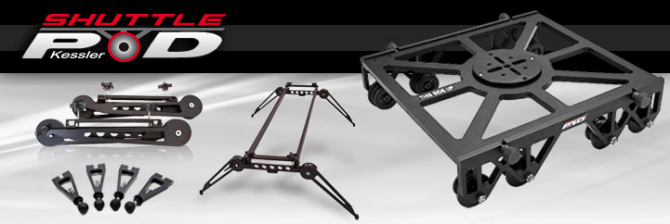


71 comments
Beautiful images! Just wondering, why did you choose not to use the Epic on the fire sequence?
thanks Samuel. I explained in the blog post. The low light on the Epic was not up to it. Far too noisy.
I keep reading these bad experiences that you have with the Red (bad low light, it failed on you, you used it for interviews but didn’t trust it enough to use without having the F3 right there as backup). Is that a camera that you’d recommend?
Despite all the bad I LOVE the camera…
love the t-shirt a stormtrooper with headphones lololol
Some epic shots in there. And you guys are living my (and probably everyone else’s) dream. So, in that perspective: you guys are fucking nuts (and I want to shoot stuff like that in the future, too).
Keep it coming.
Have fun Philip. Heard very positive reports of the Epic from a colourist friend of mine. Looking forward to seeing the results.
Do you think low light on Epic is something can be improved since it’s still in Beta through firmware kind of like a RED S-Log(unless I’m wrong, which I probably am). Loved the frame grabs. Looks like it’s shaping up to be quite the documentary. Can’t wait to see it.
thanks,
it will get better when it gets the new processor. It’s good in low light for sure but all that resolution means the noise is very much evident if well underexposed and it’s really fine noise…
I’m looking forward to see the end result! Specially the outdoor scene with the fire and the manufacturing close ups. I really like the look of the Epic and F3, but not a big fan of the AF100..
Have you already got the footage from the other shooters around the globe?
no not yet!
What a great project. I appreciate the good recap and learned a few things.
I hate to hear about the elusive Birger going south. That was still the prototype, yes? I’ve had mine on preorder (or alpha-early-pre-pre-order) since Sept 2 w/your friend Mike Sutton at Rule Boston. He’s been great. Hopefully mine arrives before end of Oct. as I have an Australian business trip. Hate to miss the masters in motion. If the trip falls through I’ll be there.
Great camera line-up with tools-O-plenty. Looking forward to the final cut. I’m sure you will do Kessler deserved justice.
Great resource as usual. I’m following your blog since some time now and it’s great to see the way you work. Great stuff. Thank you very much. Love the shots from the F3 at the fire place!
Nice work Philip.
A few questions.
I used to do wedding photography and always had a back up camera on my at all times. Now I know you have a lot of cameras, but what if for some reason your RED EPIC broke would it be hard to mix footage from the F3 or the AF100?
When I did weddings I was always scared if one of my cameras had problems. One big Boston wedding studio their Mamiya cameras broke and the photographer did not know until it was to late. I heard they got sued for $150,000 dollars.
I know the RED EPIC does not have ISO and I’m stilling trying to rap my head around that but if it did have ISO’s what ISO would you say it started to struggle if it was a Canon 5D Mark 2?
Looks like it’s going to be an amazing documentary! Lucky Kessler. Philip.. what NLE do you think you will use to edit all these different camera files?
Fantastic post! Thanks for being so thorough with your breakdown. Which
Canon lenses do you primarily use? Looking forward to seeing the finished result!
Hi Philip, just wondering what settings you used on the 100?
HI Mark
I used the Abel Cine low light profile as linked on the blog and the dynamic range profile there too.
P
Can not wait to see the finished product. Very excited to see this one! Those epic screen grabs are for a lack of a better word, EPIC, except for Eric’s his pic is a bit scary looking. Those eyes are haunting!
I think the AF100 holds up well considering it’s 1/3 the price of an F3 and 1/10 the price of a Red Epic.
yes it does!
Thanks for sharing all the stills!
It is really Cool to see all of these cameras side by side on a project. My team and I are looking into what cameras to buy next and weighing the market and waiting out the next months big releases from a few companies. But the f3 really looks like the camera to go with for what we need… Unless the scarlet finally comes to life then I may be hopping on that instead. But again, it’s all just a sensor inside a box… It’s how you use it tha makes it mean anything.
I see your using the samyang 1.4 lens, how is that working out, any good?
Amazing!
Looking forward to seeing finished film Philip. I’m just about to jump into buying a fully loaded Epic but would be interested to hear your thoughts on whether an Epic is ready yet for a fully fledged broadcast doc, to go out there alone with just one camera. Obviously you chose to use a few cameras on the Kessler project and I wondered if this was partly to do with reliability issues with the current firmware builds on the Epic. Obviously these problems will be ironed out soon but is there still a nagging doubt that the camera could fail during a shoot? I was up at Red Europe on friday trying out the new canon mount for the Epic and was blown away by the compatibility and functionality. Makes the Epic a great hand held option.
Hi Philip,
What was the stereo mike mounted on the F3?
On one of the pictures above (the first with the F3), a quite short stereo mike with XLR outputs (very likely an M/S mike) is mounted on the F3. I didn’t know for such a short stereo mike. It is apparently shorter than the Audio Technica BP4029 or the Sony ECM 680S.
Is it provided with the F3 when you buy it?
You mentioned 2 Rode microphones but these are only mono mikes. So.. ?!?
nice hat, philip =P
Kessler products are rubbish.
They claimed when the Cineslider came out that it would fit on a Sachtler 18P head.
It doesn’t.
You have to buy their own custom tripod head. Then, after less than 2 days, the handle falls apart on the Cineslider. Complete scam artists.
Horrible customer service.
Stay away from their products.
(I bet Bloom doesn’t post this one the web. If he does, I’ll buy him a pint if he ever visits Osterley).
Lord Lucan,
Sorry you feel that way about Kessler products. Everyone is entitled to an opinion but I for one completely disagree with you. Have you actually tried to contact them to address your concerns? When I had a problem with my pocket dolly, I sent it in for repair and had it back within a week — and I live in Canada. Customer service wise, both Chris and Joel did their utmost to get the slider back to me in a timely fashion — and far exceeded any expectations that I had.
In regards to mounting your Sachtler head, please contact them again as they will be able to solve any problems you may have. You can reach them at tech at kesslercrane dot com. As for having to purchase a custom tripod head, you definitely do not need to do that. However, they have developed the Hercules head — which was actually developed for the Crane (but can be used to mount the Cineslider).
As for your Cineslider falling apart, I can almost guarantee that it was damaged in shipping as the amount of care and attention that goes into the products is virtually unmatched.
It is very unfortunate that you have such an opinion of a company that does it’s utmost to provide a quality product to it’s customers.
Please try contacting them again, as I guarantee that your perspective on the company will change ;).
Regards,
Preston.
From my experience, no one has better customer service than Kessler. Their products are better built than anything else I’ve used before. Eric Kessler does more for this industry than any other gear manufacture I have ever known.
Just putting my opinion out there.
Lord Lucan –
Sorry you feel we have poor customer service. Have you tried to work with us on your issue? If you would like to contact me with your order # and your details, I would be happy to look into this for you.
I can say, we try to provide as much detail as possible with descriptions, photos, & videos that show how our products work and are always available for questions. I don’t recall a claim ever being made that you could center-mount the CineSlider on any other head than our Hercules head. The reasoning is we designed the CineSlider to bolt directly to the Hercules head so you have the most stable and secure mount possible. You can always support on either end using other tripods, light stands, etc. We show all of this in the product video.
Would be interested in more details about how the handle “fell apart”. There is not really any way for the handle to “fall apart” as in being broken. I have never heard of anyone having an issue like this before, so please get me the details so we can look into it.
“Scam artists” is a rather strong and completely untrue statement.
If you have a CineSlider (or any of our products) and have a problem with it, and would like us to assist you with it, please contact us.
Thanks!
Chris
Kessler Crane
Love that you and Preston address him as Lord Lucan! Anybody who uses an anonymous name to slag something or someone off I have ZERO time for! If he had balls he would back his statement up with his real name. Look up Lord Lucan on google!
🙂
Looks really awesome. Can’t wait to see it.
Good stuff. Of course all of this kit won’t make a good doc, can you tell us how you planned the narrative structure?
Hi Paul, I will do a new blog in a month or so going into more detail. P
I’d love to see a bit of a write up on the grading techniques that you use to match the different cameras up (particularly if you are using the adobe suite to do the job).
I’m really looking forward to watching the finished documentary!
I have the Phillip Bloom Pocket slider and it’s brill, but using an old vinten pro 5 for the head and legs. Need to upgrade, was thinking of a Miller solo or something like that, can anyone recommend a good solution?
Personally, I would say either Miller Solo 3 or Manforotto MPRO 563’s.
That one little bit about shooting the interviews first because that gives you a shot list, that was a bit of gold for me, thank you!
you said wired lav mics were better than wireless for sit down interviews, can you expand on why? and why not use a shotgun mic as a boom for the interviews? Thats what i’ve been doing and well, i hate do be doing it wrong.
thank you!!!
Hi,
I bought sony f3 after owning and selling the af100. I must say that sony f3 kicks ass. I think if you dont have the time or money to deal with all the additional expenses that come with the epic the sony f3 is the way to go…
Hi Drazen,
what did you not like about the Af101 which made you sell it?
is this for real? http://www.eoshd.com/content/4452/gh2-gets-avchd-intra-at-176mbit
Great recap.
I am thinking the F3 and the rest of the cameras are performing noise reduction internally in a heavier way than the EPIC. The same as noise is very apparent on RAW Canon stills it is very apparent on the EPIC. It gives you a truer picture not one that is digitally altered to look better.
However I do agree that the F3 chip is much better in low light no contest but the EPIC can clean up extremely well with Noise Reduction.
Beautiful shots Preston, you have a great compositional eye.
Really lovely shots. Looking forward to seeing this online!
This is brilliant guys. I’m learning so much by following how you approach your work.
Cheers.
By the way – what’s the support brace system you’re using in one of the shots to hold the rig? I really need something like that – after ten minutes of shooting, my arms start to shake.
It was the Composite Stabilizer by Shape.
Phil, Thanks for all that you do in providing the community very valuable information.
I am looking for a new camera and was looking at the F3. From what I have read, using PL glass provides no crop factor? And that using DSLR lenses will give you a 1.5 crop? Is this correct?
Also do you see a firmware upgrade in the future that might give us 1080p 60 or is this a hardware limitation?
yes you get a crop. Hang on till Nov 3rd!
inspiring stuff. can’t wait for the doc.
Hi Philip,
What was the stereo mike mounted on the F3?
On one of the pictures above (the first with the F3), a quite short stereo mike with XLR outputs (very likely an M/S mike) is mounted on the F3. I didn’t know for such a short stereo mike. It is apparently shorter than the Audio Technica BP4029 or the Sony ECM 680S.
Is it provided with the F3 when you buy it?
You mentioned 2 Rode microphones but these are only mono mikes. So.. ?!?
yes it came with it!
How will you review the content of the interviews aside from the obvious. Will you get them transcribed? I am interested in your workflow for reducing all the material you have into a half hour production..
Thank you so much for this blog – hugely inspiring and informative.
Yes I am going to get someone to transcribe. I promise to do a follow up blog post on this!
Thank you everyone involved for this detailed report.
This is a great read for students (one being my daughter) and quite inspirational showing what you can do/how to plan stuff/how a shoot is constructed.
Thank you for taking the time to write it all up and share with us.
One week that I posted 2 replies that are still waiting to be moderated (and I was logged in)… what’s the problem?
Every comment has to be moderated, unfortunately. If comments require a reply from Philip, I will leave them in the cue for him. Philip is asked a lot of questions and he is trying his utmost to answer them — just be patient :).
Looking great!
Hi Sir Philip
I love your work and your reviews and always follow them. I just want to ask about the body I am going to buy but really got confuse. between Panasonic AG-AF100 or Sony FS100, So Please can you help me and tell me which one is better?
I will wait your reply thank you.
Hello Preston!
Great work on that AF100. I love those shots. I’m about to shoot a documentary in the end of this year and I was between HVX200 and AF100 but as I can see after reading this I leaning more towards AF100. What are your thouths? Is the AF but better than the HVX? I know that Philip had one and chaged it right?
Anyway great stuff. It always great to see how you work.
Greets.
Jakub
Both are great cameras!
Have to make my first comment here… It looks like EPIC is very soft at times. Well, many times. I watched your Alexa short and it seems to be way sharper. Somehow EPIC looks also like it would have gone thourgh a serious compression or if the screencaps where from 360p youtube stream. It’s not just your videos, but many EPIC videos I’ve seen have same problem. I mean even DSLR footage looks sharper in many cases.
I’ve read about this on reduser few months after EPIC-M was released and RED users comments were something like “who cares what it looks like on web, web sucks. it looks very good in 4K projector”. Really? Shouldn’t footage that looks very good in 4K projector look very good when downscaled to 1080p too? That’s really like saying that EPIC only shoots better looking footage when you watch the footage from 4K projector, otherwise DSLR is better.
Not found that myself John. All my RED shots are pretty damn sharp. Sharper than the other cameras for sure and I am no RED fanboy.
That 4k projector quote is silly. Yes it looks great on a 4k projector but it also looks great on a 1080p screen
Hey Philip- What is the exact model of the Dedo 150 you used? Trying to find a good edge light that is ultra portable…
it’s an lh4 head with a 150 watt bulb
When can we see it?
This is a wonderful article Philip. Cannot wait to see the finished product.
Surprisingly out of all the sample here, I really enjoy the look of the AF100, it looks very natural to me. Knowing that Preston shot on the internal 24 Mbit AVCHD Codec and was able to get results such as those makes me seriously consider it for for my first “Pro” cam.
@ Preston, loved the field shots you took. Relatively wide angle with tons of DOF is a look you don’t often see but it really made it stand out for me. Loved the grade as well!
Keep up the wonderful work!
Philip, did you have a chance to get any practical experience with xHDR in the Epic?
My understanding is that it creates HDR the same way a photo camera does, namely by taking two non-simultaneous pictures (one under exposed and one over exposed) then combines them.
What I’m wondering is how much ghosting will be a problem in practical terms when there is motion. I would expect it to be more of an issue with high resolution sensors. Of course it won’t show on a talking head, but you don’t usually need HDR on a talking head.
The claimed DR would be phenomenal, but if you can’t use it with motion its a bit gimmicky.
not used it much Duke. Yes there is a touch of blur. You use REC CINE PRO x to tidy it up with magic motion…